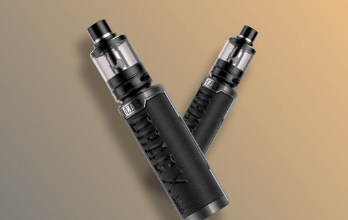Benzo Withdrawal Treatment: Steps & the Safest Way to Withdraw

Benzodiazepines, popularly called “benzos,” “BDZ,” BZD,” and “BZ,” are depressants of the central nervous system, i.e., they reduce brain activity. Doctors prescribe them to treat seizures, insomnia, and anxiety.
In limited doses, benzo can be quite effective in the treatment of the said disorders. But, when a patient uses them for a long time, i.e., for several weeks continuously, he or she may develop a dependence on them.
That is when you may need an exclusive benzo addiction treatment to withdraw from this depressant. It is recommended that you do not withdraw on your own. Consult a doctor or a drug rehab in Florida.
Withdrawing from benzo
The course of withdrawal depends on the type of benzo you are taking.
- For short-acting benzos like alprazolam, and oxazepam withdrawal generally starts 1-2 days after you took the last dose. Withdrawal duration can be 2 weeks, 4 weeks, or more.
- For long-acting benzos like nitrazepam and diazepam, withdrawal generally starts 2-7 days after you took the last dose. Withdrawal duration can be 2-8 weeks or more.
Benzo withdrawal symptoms
- Anxiety
- Restlessness
- Irritability
- Agitation
- Insomnia
- Poor memory
- Poor concentration
- Aches and tension in muscles
As you can see, most of the above symptoms are hard to see. They are more subjective and can only be felt by a person. That’s why most rehabs in Florida keep the patient under constant medical supervision for better management of withdrawal symptoms.
Due to the subjective nature of symptoms, no fixed scale exists to measure the intensity of symptoms. Moreover, symptoms fluctuate. So, doctors must talk to the patient regularly between hours to know how he/she is feeling.
Safest way to manage BZ withdrawal
According to an article published on the website of the National Center for Biotechnology Information (NCBI), US National Library of Medicine, the safest method for BZ withdrawal management is to administer benzo in tapering doses. This prevents seizures and lets the patient go through the withdrawal symptoms in a relieved manner.
So, if you or anybody you know has been on a benzo for an extended period and now wants to stop, contact the addiction hotline. Do not try this alone.
Steps to withdrawal
- Stabilizing the patient on a particular dose of diazepam, up to 40 mg maximum.
- Administering it in 3 divided doses.
- Letting the patient stabilize on this dose for 4-7 days.
- Reducing the dose.
The gap between dose reduction depends on the kind of withdrawal symptoms experienced by the patient and their severity. It is seen that the longer the gap between dose reductions, the safer is the withdrawal. The patient also feels comfortable.
Typically, a gap of a minimum of one week is preferred between reduction of doses. This works best for most patients.
Rehabs like Daylight Detox also take care of the psychosocial treatment of the patient after successful benzo withdrawal treatment. After stopping benzo, the patient may experience a recurrence of the psychological disorders for which he or she was prescribed benzo. So, it is important to address these issues for sustained abstinence from BZ.
For more information, please visit www.daylightdetox.com.








